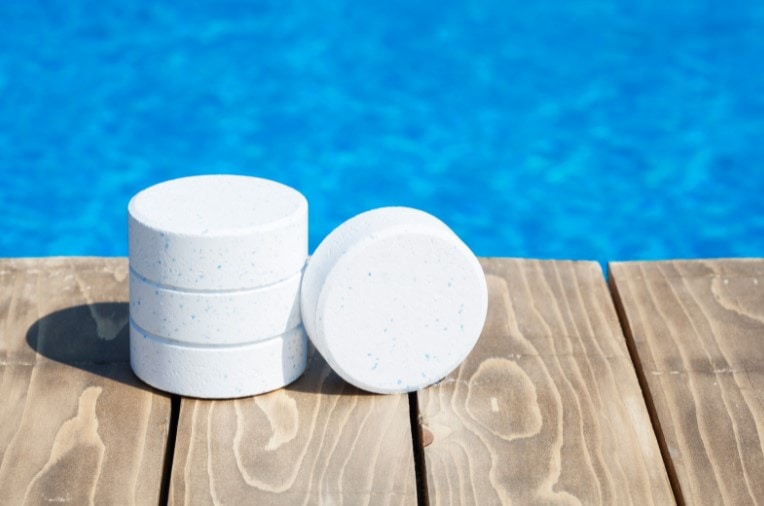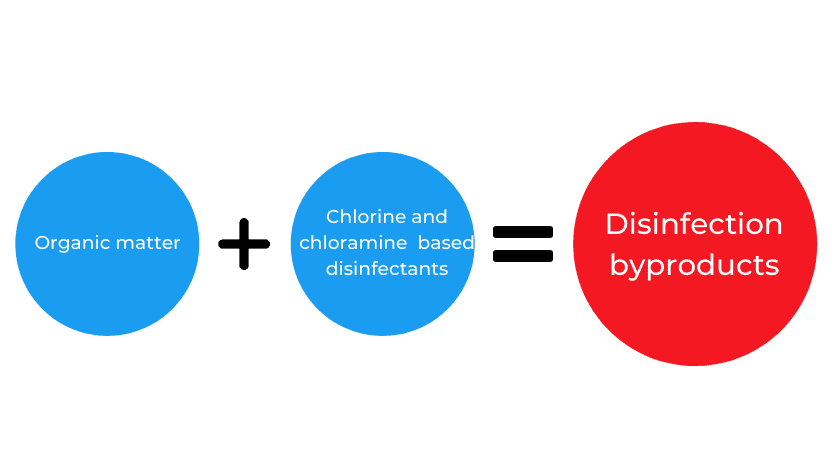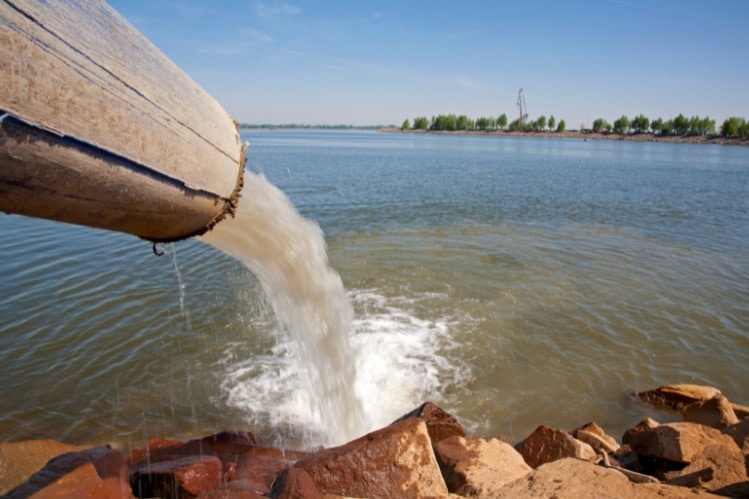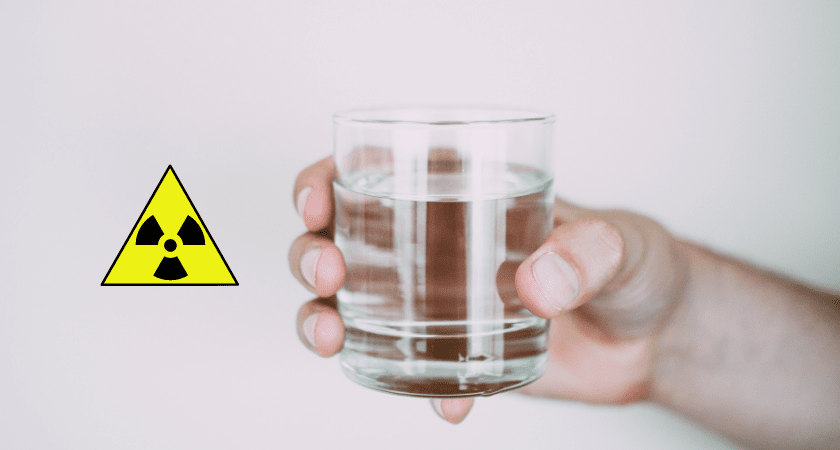Water is essential for life – our bodies are made up of 60-75% of it. But in its role as a universal solvent, water can also carry along a whole host of contaminants that endanger life.
In the days before the Environmental Protection Agency (EPA), these contaminants were a major source of suffering. Thanks to the Safe Drinking Water Act (SDWA), we can all breathe a little bit easier when it comes to drinking tap water. Even so, some sources of water can have enough contaminants to warrant installing a water filter in your home.
In this guide, we put water contaminants under the microscope.
The EPA has some of the most comprehensive water contaminant guidelines out there, but reading through the documentation can be a bit of a headache. In this guide, we’ll cover the essentials in a more digestible format so you can learn the basics about the most common types of contaminants in our drinking water. Then we’ll look at how to remove these contaminants to prevent any long-term negative effects on your health.
Where Contaminants Come From

In untreated water sources, there are dozens of harmful microbes and heavy metals that can cause you trouble. But how do they get in there? There are four major sources of drinking water contaminants:
- Industry and agriculture. The chemicals used in large-scale farming and manufacturing can seep into groundwater and aquifers.
- Human and animal waste. Sewage and septic systems as well as feedlots can introduce harmful microbes into drinking water sources. The three most common are Giardia, Cryptosporidium, and E. coli.
- Treatment and distribution. In the process of water treatment, sometimes other harmful byproducts are left behind. If the water is distributed through copper or iron pipes, it can pick up these metals along the way to your faucet.
- Natural sources. Sometimes the ground that water filters through has high levels of contaminants. If the ground is unsuitable, water may pick up arsenic, heavy metals, or radionuclides.
The EPA’s Drinking Water Regulations
It’s the EPA’s job to combat the problems that can be introduced to the water by the four sources above. To do this, they established the Safe Drinking Water Act — a set of protective drinking water standards for more than 90 contaminants.
The SDWA then goes on to classify primary and secondary drinking water regulations, as well as contaminants of emerging concern. By taking a closer look at each, we’ll learn about the most common contaminants and their potential effects on your health.
Primary Drinking Water Regulations
The National Primary Drinking Water Regulations are legally enforceable standards for public drinking water systems. They include six categories of contaminants known to have negative health effects. Let’s examine each more closely.
Microorganisms

This category covers viruses, bacteria, and cysts, as well overall turbidity (cloudiness). That includes cryptosporidium, giardia, legionella, coliforms, and viruses. Each of these can cause serious gastrointestinal illness if left unchecked.
Disinfectants

The disinfectants used to make water safe to drink also need to be fully removed to prevent negative health effects. Chlorine and chloramine are the two chemicals used to disinfect municipal water sources. In large quantities, they can cause significant eye, nose, and stomach irritation.
Disinfection Byproducts

The leftovers of the disinfectants used above also need to be removed from the water. This includes bromate, chlorite, haloacetic acids, and trihalomethanes. Each of these byproducts of disinfecting procedures can lead to an increased risk of cancer.
Inorganic Chemicals

Inorganic chemicals in your water mainly come from industrial runoff and the corrosion of household plumbing systems. The main ones are arsenic, asbestos, cadmium, chromium, copper, lead, mercury, nitrates, and nitrites. They can cause a whole host of organ damage and are highly regulated.
Organic Chemicals

Organic chemicals are the broadest category, with sources from herbicides, pesticides, and industrial runoff. Almost all of these are expected to be completely removed from water, as they can cause organ damage and an increased risk of cancer.
Radionuclides

The erosion or decay of natural or man-made deposits in the Earth can release radioactive particles. Radium and uranium are the most common in this category. It is expected that water should have absolutely no radionuclides, as they give a greatly increased risk of cancer.
Secondary Drinking Water Regulations
The primary regulations listed above ensure that water is safe to consume. They’re mandatory for all water sources. In contrast, the Secondary Drinking Water Regulations establish non-mandatory water quality standards for 15 contaminants. These act as a guide for cities that are seeking to further improve the quality of their water.
There are three main types of problems caused by these contaminants:
- Aesthetic effects, such as unpleasant tastes or odors.
- Cosmetic effects, which don’t cause bodily harm but aren’t desirable.
- Technical effects, which may damage water distribution equipment.
Here are the 15 secondary contaminants with their noticeable effects, courtesy of the EPA:
| Secondary water contaminant | The noticeable effect |
|---|---|
| Aluminum | Colored water |
| Chloride | Salty taste |
| Color | Visible tint |
| Copper | Metallic taste and staining |
| Corrosivity | Metallic taste and corroded pipes |
| Fluoride | Tooth discoloration |
| Foaming agents | Frothy, bitter taste, odor |
| Iron | Rusty color, sediment, metallic taste |
| Manganese | Color, staining, bitter taste |
| Odor | Rotten egg, musty, chemical |
| pH | Bitter metallic taste or “slippery” feel |
| Silver | Skin discoloration |
| Sulfate | Salty taste |
| Total dissolved solids (TDS) | Hardness, deposits, colored water, salty taste |
| Zinc | Metallic taste |
These secondary contaminants are where home-installed water filters really come into play. Because many cities do not employ these secondary guidelines, a dedicated filter can make your water cleaner and better tasting.
Contaminants of Emerging Concern
There is increasing attention being given to the effects of personal care products and pharmaceuticals on our water supplies. Known as Contaminants of Emerging Concern (CECs), these are detectable in many water sources but not yet regulated. In response to this, there is a new certification for water filters that specifically targets CECs. See our guide to filter certifications for more information.
How Can You Know What’s In Your Water?
In accordance with the SDWA, the EPA has set up a system by which you can learn what is in your local drinking water. Known as a Consumer Confidence Report (CCR), these readouts will give you a complete listing of what’s in your tap water. Then, you can find a home filter system to remove any undesirable secondary drinking water contaminants.
To find our CCR, use the EPA’s tool here.
How to Remove Water Contaminants

After looking at your CCR, you may notice levels of contaminants that you’d really rather not have in your water. So what can you do about it? At that point, you’ll want to start looking for a home water filter system.
Thankfully, we’re here to help. All of our water filter reviews start with considering the certifications offered by the National Science Foundation (NSF) and the American National Standards Institute (ANSI). These two organizations rigorously test products before giving their certifications, ensuring that a water filter will remove exactly what it advertises.
By learning to understand your water quality and these certifications, you can choose the absolute best water filter for your specific needs. We’re here to help, so if you have any questions please don’t hesitate to reach out.


